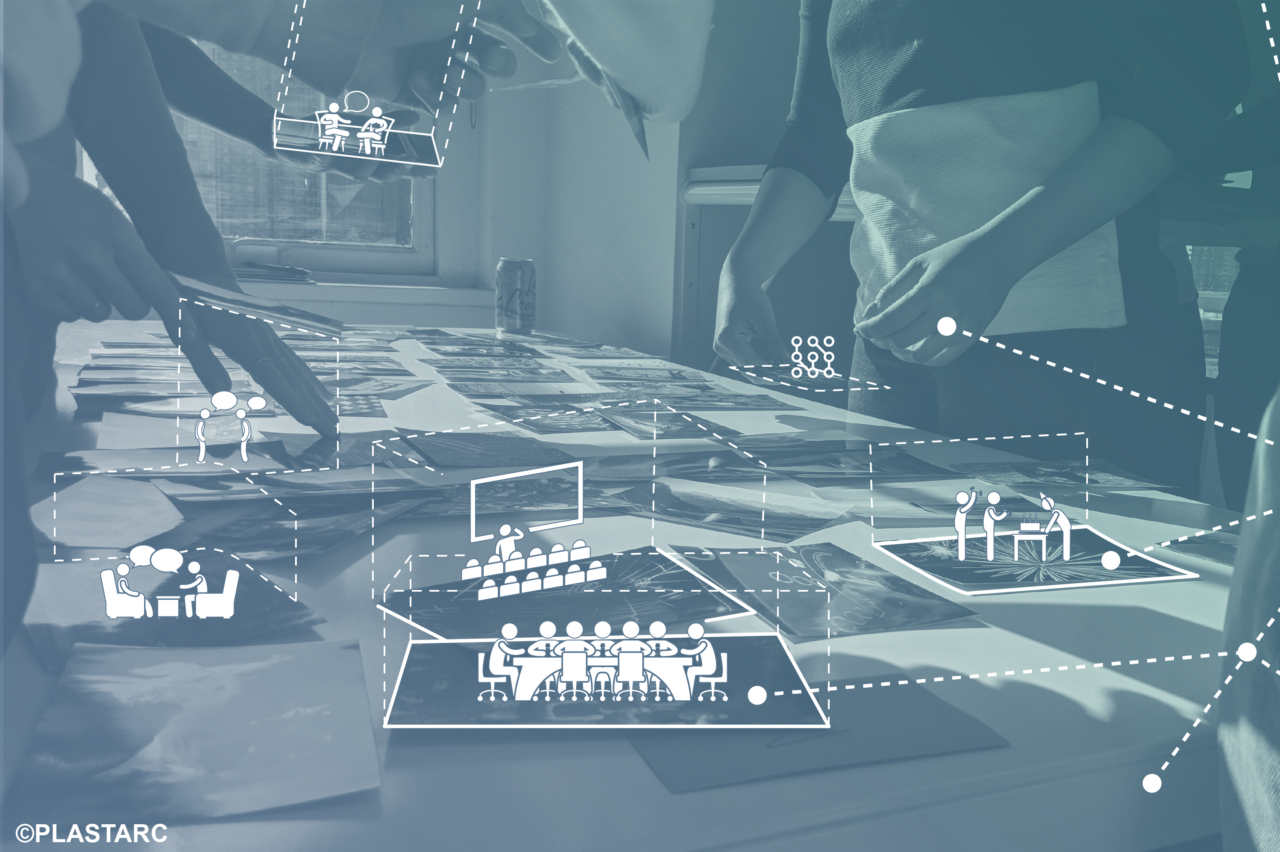-
November 26, 2022Building Professionals Need to Foster Truly Participatory Design

A recent conversation at AIANY’s Center for Architecture called Evolving Beyond Participatory Design explored ideas about how architects can act as advocates and agents for change both within the field and within the greater community, whether through elevating the voices of marginalized communities or fighting for just working conditions.
Melissa Marsh, PLASTARC founder and co-founder of AIANY’s Social Science and Architecture Committee, moderated a panel of design professionals tackling community agency from various angles and at different points along the process. Christine Gaspar, a community-engaged design practitioner, noted that public participation for certain communities may include processing past harm at the impetus of decision-makers and allowing space for them to work through this trauma in an engaged process. Building professionals working within these communities need to find ways to use these difficult perspectives.
Gaspar worked for seven years rebuilding low-income communities after Hurricane Katrina with the Gulf Coast Community Design Studio, a project of Mississippi State University’s architecture program. Since then, she worked for thirteen years at CUP, a design studio that focuses on culturally relevant, easily accessible campaigns to help the public understand their rights, policy debates and more. CUP partners directly with community members–organizers, designers, artists, students–to create these impactful materials. Designers need to reframe the way they present work to marginalized communities–have less of an “isn’t this great” and more “what are we missing?” approach, according to Gaspar.
Community involvement from start to end and allows for more place to plug in, according to Alexa Gonzalez, the Principal at the Hive Public Space. Her work focuses on the power of public spaces to create memories and connections, while evolving the identity and impact of each community. Genuine, engaged conversation with community members creates ownership and incentive for everyone. Often people limit their choices in participatory work by thinking of it in terms of a short-term project, rather than a long-term process. “Our roles in… facilitating public spaces should be simply connecting the dots. It’s important to reassure those who are on the ground and already doing the work that we’re there to amplify their voices and their efforts,” she said. Successful participatory work is about building processes, not products.
Marsh draws a distinction between art and architecture: Architecture is art that people occupy, and architects are responsible for the safety of the occupants. She asks, what is the purpose of a space when people occupy it?
Cheriyah Wilmot, a B.arch Honor Student at the NYC College of Technology and President of NOMASNYCCT takes this further: What does community culture look like in NYC? And how do we represent that in the built environment? How do we design for a specific culture or multiple cultures? What is the difference between place-making versus place-saving?
She discussed making the design process transparent and accessible to the public. This broadens the perspective of inputs that designers have access to and offers unique angles, such as an analysis of history or demographics. Sometimes pushing the conversation into uncomfortable categories are necessary, according to Gonzales.
However, people who attend meetings are not often representative of the whole community or are simply the loudest voices. And some people have trouble making community meetings work, in-between jobs and childcare. Gasper notes that one way to value community members’ time and particular expertise is to pay people to participate in a project.
In the context of community collaboration and transparency, it’s important that communities see an image of the end project. This shows them that the architects and designers not only listened to what they had to say, but took it on board and followed through. A one-size-fits all design is antithetical to true participatory design. Smaller steps throughout the process, taken together, builds trust and commitment to the project even after a project is finished.
Want to Join the Conversation?
The AIANY Social Science + Architecture Committee meets monthly. Meetings are open to the public and typically occur at 8:30 am on the last Thursday of each month.Thanks again to our panelists:
Christine Gaspar, Faculty Design Futures Student Leadership Forum
Alexa Gonzalez, Principal at the Hive Public Space
Cheriyah Wilmot, B.arch Honor Student at the New York City College of TechnologyAbout the Author
Michele Rafferty is a freelance content coordinator working with PLASTARC, a consultancy dedicated to increasing the flexibility and desirability of space using social research and occupant engagement.
Social Science and Architecture
The Social Science and Architecture Committee was formed in January 2016 with the goal of bringing together professionals and students from architecture, social science, and other fields to discuss, collaborate, and facilitate programs for the community. The meeting offers a place to exchange ideas related to social science and architecture, address topics of interest to the attendees, and to plan AIA panels on related topics. The Committee meets monthly and is open to anyone who would like to attend. Meetings are held the fourth Friday of every month from 8:30–10:00 AM.







